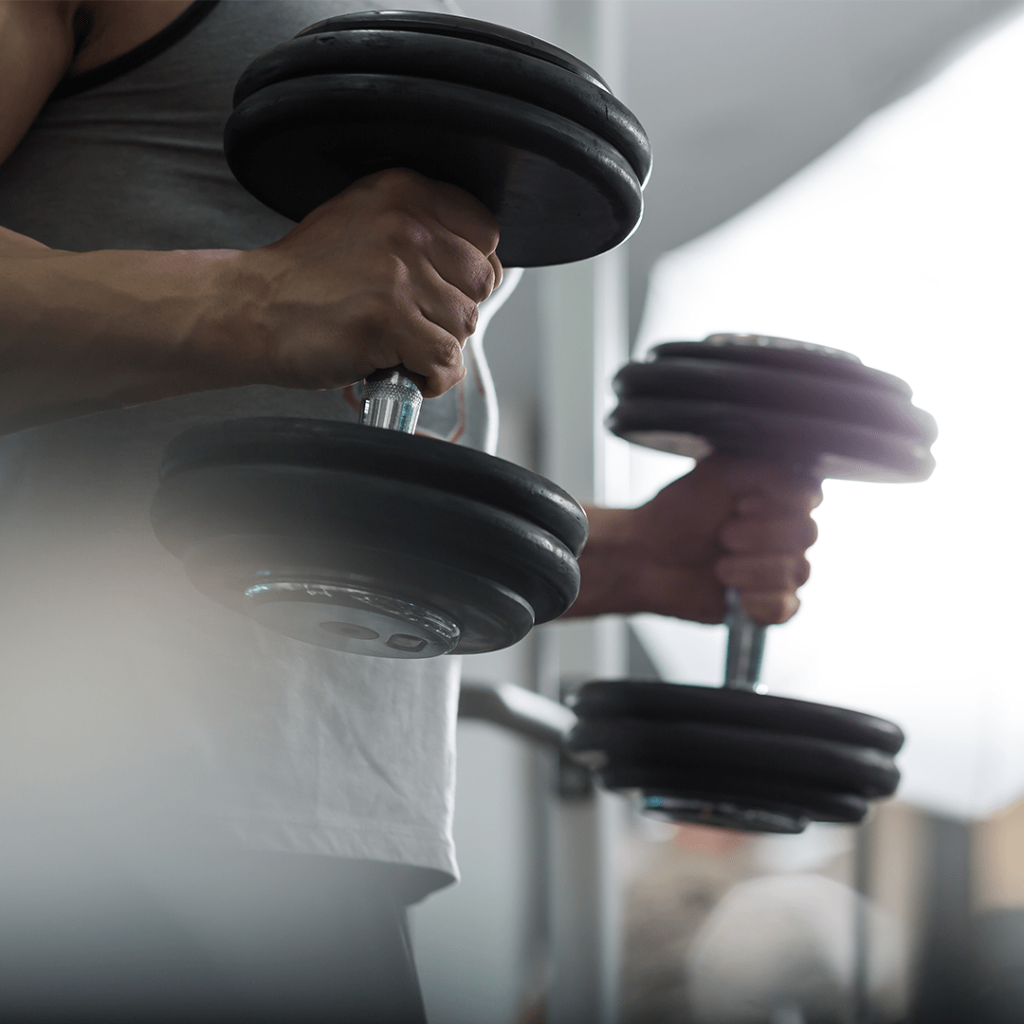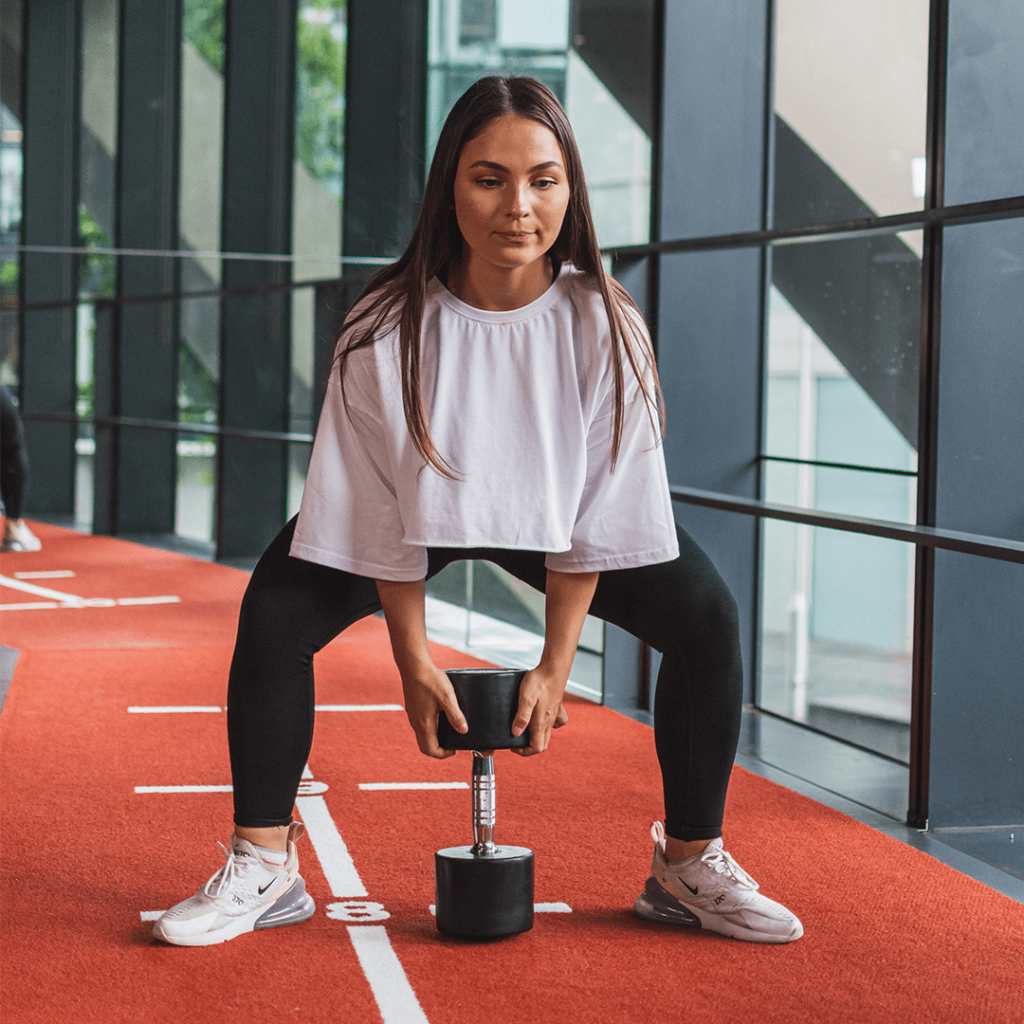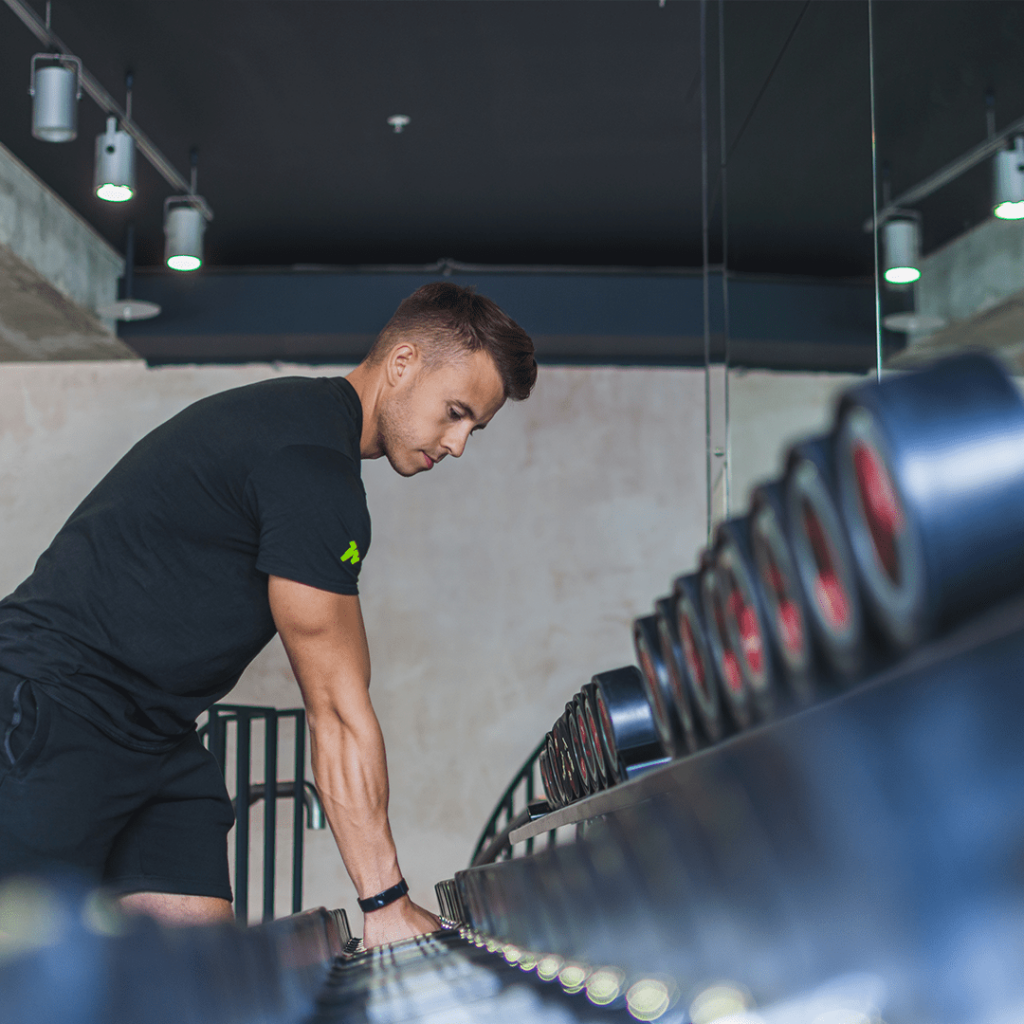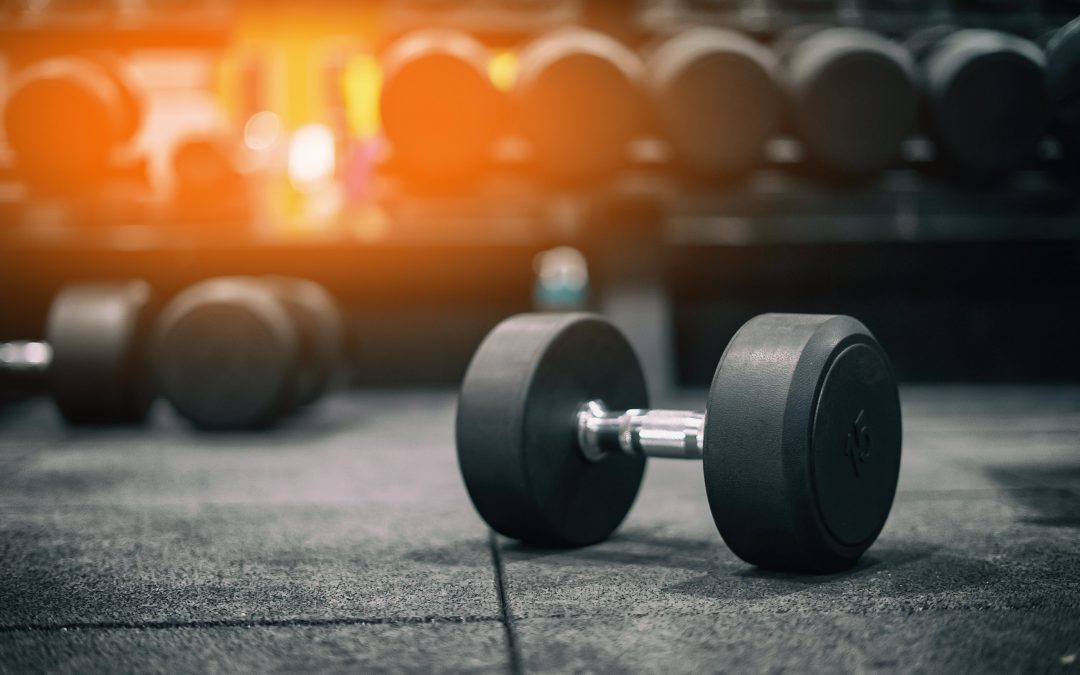We rely heavily on dumbbells pretty for our workouts. They’re probably the most common form of gym equipment. Whether it’s upper body, lower body, or a full-body workout, dumbbells have a massive presence in our fitness routines.
The great thing about dumbbells is that they’re easy to use. Unlike some other bits of kit, there’s no need to navigate moving parts or adopt awkward positions. Holding a set of dumbbells allows you to do a huge number of exercises and develop full-body strength.
But there are mistakes you can make. A few common errors mean your exercises are less efficient and even put you at risk of injury. You probably won’t even notice you’re doing them.
To keep your fitness progress on track, here are some easily done dumbbell mistakes and how to avoid them.
You’re bending your wrists
Almost every single lift you do with dumbbells asks for straight wrists. Your hands, wrists, and forearms should be stacked on top of each other in a straight line.
Having bent wrists puts enormous amounts of strain where it shouldn’t be and makes you a sitting duck for injury. Whether you’re chest pressing, shoulder pressing, or just keeping them by your sides, remind yourself to keep those wrists straight.

You’re lifting too heavy
A sure sign of dumbbells that are too heavy is when you use momentum to perform a movement rather than the muscle you’re actually trying to target.
Take the bicep curl, for example. Swinging the weight up, using momentum and effort from other areas of the body isn’t an efficient way to build arm strength. It’s taking the work away from the bicep, and it’s not isolating the muscle. Instead, swap your dumbbell out for a lighter one and try to perform the movement by contracting the target muscle.
Another sign of lifting too heavy is when your form starts to falter. Arched or sore backs are a big indicator of this. If you’re unable to perform the exercise in question with perfect form, then it’s much better to start off a little lighter and work your way up.
You’re not thinking about where you hold them
Where you hold your dumbbells for lower body exercises isn’t right or wrong, but it does depend on what you want to achieve.
When squatting, holding the dumbbells down by your sides will focus the work on your legs and glute. When you hold them by your chest, your core gets much more involved. If you have them up by your shoulders or even over your head, your upper body is starting to do some work too. This applies to lots of other movements like lunges as well.
These are all great options. But, if you’re looking to develop leg strength in particular and find that your stomach or back starts hurting quite early when you hold weights higher up, it’s better to go back into a suitcase-style squat.
The higher you have the dumbbells, the harder it is. If you’re looking to target the lower body more and lift heavier weights, start by holding dumbbells down by your sides.

You’re not picking them up properly
The first rule of working with dumbbells comes into play before you’ve even started exercising. When picking up a pair from the floor, always deadlift your dumbbells.
That means bending the knees and sitting the hips back to reach them. The back should never curve or bend forward. Lazy lifting of dumbbells is the easiest and most common way to get injured.
You’re using the same pair for everything
If you only have one pair of dumbbells available, this can’t really be helped. But in an ideal world, you’d use different weights for different movements.
Typically, the lower body is much stronger than the upper body, meaning to challenge it, you’re going to need heavier dumbbells than your arms might be able to manage. By staying with the same pair of light dumbbells for every single move, you’ll struggle to see efficient progress across the body.
If it’s strength you’re hoping to build, you’ll need to increase the weight. Not just do more reps.

You’re rushing your reps
Typically, a movement pattern for a lift involves a slow phase and then a more explosive phase. Both are equally important.
Take the shoulder press, for example. When you’re pushing the dumbbells up overhead, the muscles are contracting, and you want this phase to be more explosive. On the way down, however, you want to slow the movement down, keeping it controlled.
This movement style is perfect for building strength and muscle whilst keeping an eye on your form at all times.
Your grip gets tired quickly
If you do back-to-back exercises, holding dumbbells in the exact same grip, you might find that your hands and forearms get sore and tired before the rest of your body does.
This can ultimately lead to you being unable to perform any more exercises without really fatiguing the muscles you were trying to engage.
You’ve got two options to overcome this. Long term, think about strengthening your grip. Short term, mix up the way you hold the dumbbells.
When planning your workout, think about whether you’re going to grip a set of dumbbells for too long. Schedule in some bodyweight exercises or exercises that use a different grip, like a goblet squat, for example. That way, you’ll avoid tiring your hands and will target your muscles instead.



